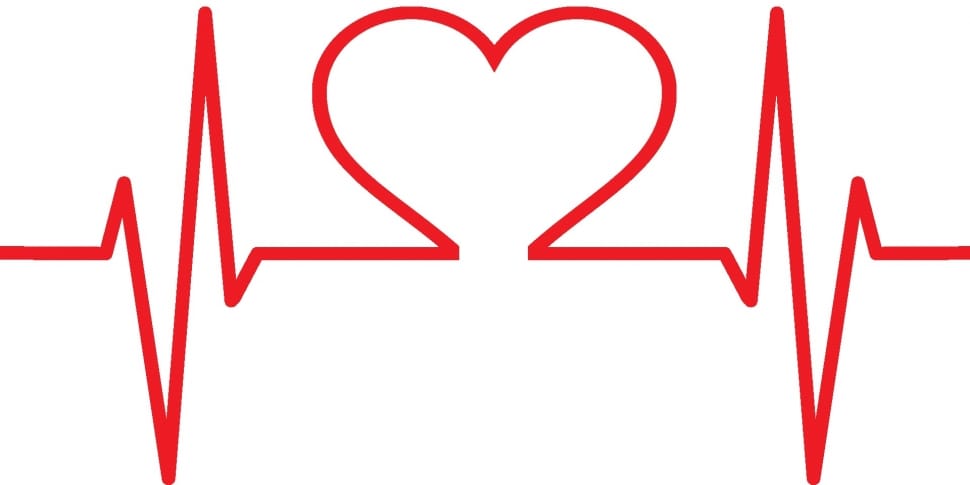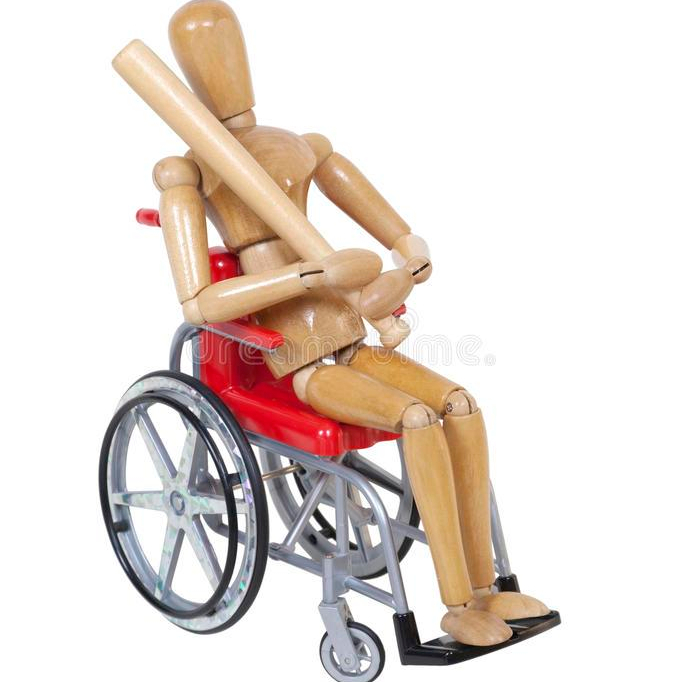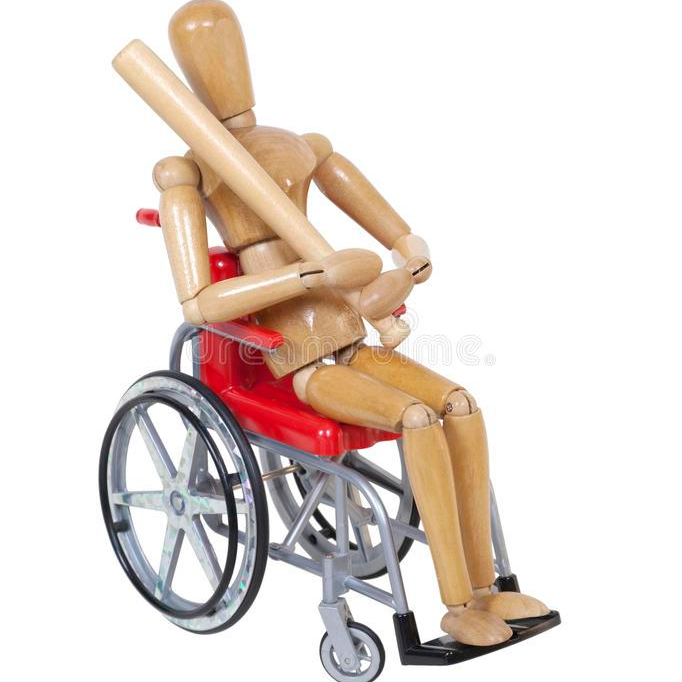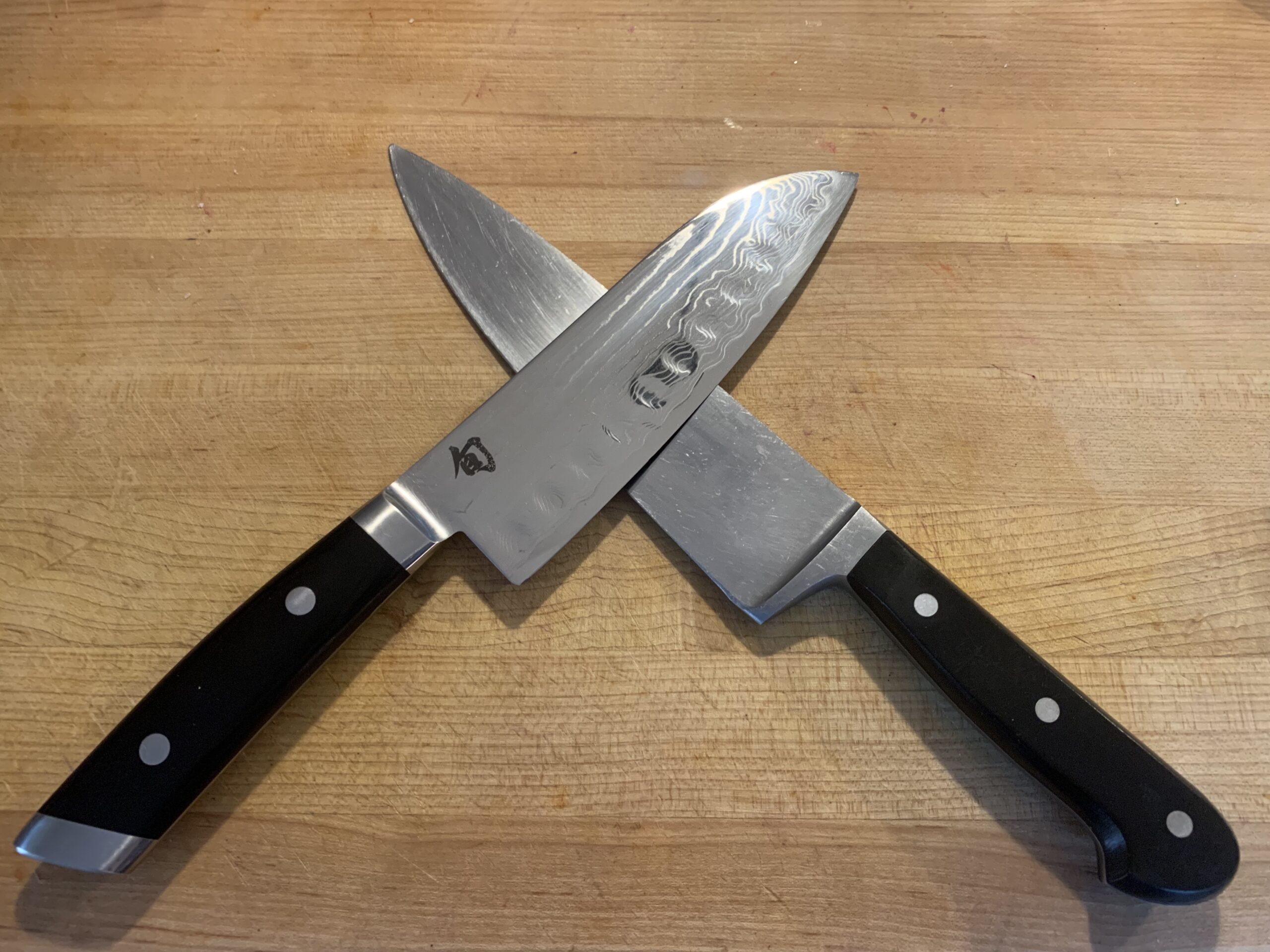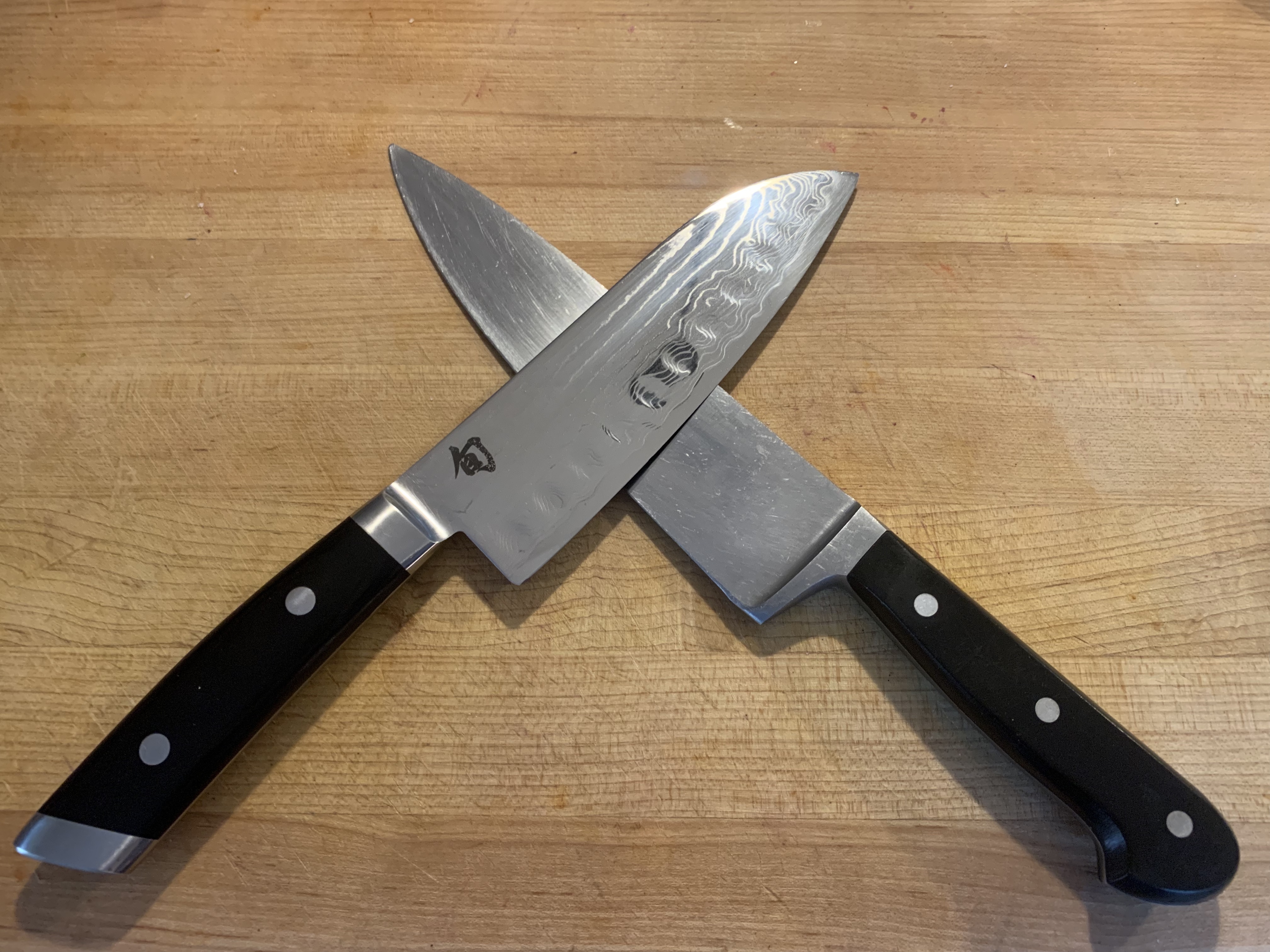On the Thursday before dad was scheduled to be discharged from rehab, mom called me around 6:30 pm. She hadn’t been able to reach dad on the phone in his room (this was not unusual – it often ended up in an unreachable spot on the nightstand on the other side of his bed from where he sat, and the ringer, I’m sure by design, wasn’t very loud). She had been calling him to remind him that the UConn Huskies women’s basketball game was starting at 7:00. As I was reassuring her that he was fine and reminding her we’d left him with the correct channel circled on his channel guide, I heard a muffled clunk, and a grunt. “Mom??” (Nothing). “MOM!!??” (Nothing). I wheeled around and was at the front door in my coat with time standing still. Half of my brain was in utter disbelief – wasn’t I just doing this with my dad 2 weeks ago? I yelled up to Tim and our older son, James: “I need you guys down at my mom’s – now! I was just on the phone with her and she fainted or fell or something!” They said they’d follow me down in the truck and I was out the door.
The trip, which usually takes me 3 minutes, took about 90 seconds. I pushed the button on the garage door remote as I came around the corner from the main street in their complex toward her driveway so it would be fully open when I pulled up and I wouldn’t lose any time waiting for it. I was in the garage and out of the car in what felt like a single motion, bursting through the door between the garage and her entryway, calling for her, but no response. I took a quick look around as I ran through the living area to be sure she wasn’t there, but I was fairly certain she’d been in the bedroom when she called me on the phone.
I found her, somewhat stunned and confused, but awake, sitting on the floor with her back propped against the bed. The first thing I noticed was some blood on the carpet. I knelt down and started tending to her, flipping on the flashlight app on my phone to look at her eyes (pupils: equal and responsive. Mild relief). She had a cut and I could already see a bruise forming high on her left cheekbone, between her eye and her ear – that’s where the blood had come from. This seemed odd because the bedroom has nice, thick, soft carpeting – a godsend, really, that she fell in here and not on the tile floor of the kitchen or one of the bathrooms, or the hardwood elsewhere. Tim and James arrived and I went to get some ice for the cut and water for her to drink. I was searching the room, trying to figure out what had caused the gash when I realized it was the arm of her eyeglasses, which had cut into her on impact.
I told her I was calling the doctor first thing in the morning to make an appointment tomorrow. We got her up and into bed, then, after getting the game tuned in and watching the first quarter, made sure she was settled with everything she’d need for the night from drinking water to toothbrush/extra cup to Tylenol. I positioned the walker next to the bed and told her that the only reason she was to get up was if she had to use the bathroom, and if she did, she had to first sit on the edge of the bed until she was stable, then to stand with the walker until she knew she wasn’t dizzy, before she began to walk, *with the walker,* to the bathroom. She’d been sleeping later – usually until 8:30 or 9:00, so I told her to call me when she got up and if I didn’t hear from her by 9:00, I was coming over.
I was able to get her in for an afternoon appointment the next day. The nurse, Beth, led us to the exam room and began to take vitals. When she got to mom’s pulse, I could tell something was off. Rather than standing, fingers on radial artery, for 10 – 15 seconds and making her notes, Beth stood with her fingers pressed to mom’s wrist for 20 seconds. Then 30. Then an eternity, which was probably just a full minute. She pleasantly excused herself, saying, “I’ll be right back.” Another minute later, she rolled in the EKG cart and said lightly, “I’m just going to do an EKG.”
As she hooked mom up, and I sat there wondering what was going on, mom casually mentioned something about having some kind of block in her heart that she was born with – she couldn’t remember what it was called – she recalled the word “branch,” and Beth helped her finish: “You mean a bundle branch block?” I had never heard of this – in general, OR from my mother. What?! While my mom tried to discuss it with Beth, I whipped out my phone and started Googling. My mobile consultation yielded enough information for me to start putting everything together: the dizziness. The fainting. The difficulty walking. The fatigue. It all added up. Hers was congenital, which meant it was a left bundle branch block. I quickly made the analogy: while the name “bundle branch block” sounds like a “plumbing” problem, it’s an electrical problem, and she was likely in a “complete block.”
I reasoned all of this out, and moved to my next phase of thumb-driven research: treatment. Logic told me that for an electrical problem, the solution very well could be a pacemaker. I confirmed that fact with my phone, and bounced it off Beth, also wanting to start socializing the idea with mom, who I knew wasn’t going to take particularly well to the idea of having a pacemaker. Just then, the doctor (“Dr. K”) walked into the room. She looked at the EKG printout. She asked several more questions. She declared that mom was, in fact, in complete block, and showed me the evidence on the slip of paper, as if I also had “M.D.” after my name. She asked mom if she had a cardiologist, but mom had only seen him once; he was in a town closer to their previous house, and she couldn’t remember his name.
Dr. K phoned over to the cardiology office across the street to find out who was on call at the hospital. She then asked me if I’d be OK if they called an ambulance to transport mom to the hospital. Her condition wasn’t immediately life threatening, but she had to be seen today, in the hospital. I gave a quick yes, remembering how easy it had been with dad just 3 weeks before, and also considering that, given the clear urgency of the situation, trying to drop mom off and walk her in myself seemed truly nonsensical.
The paramedics arrived and went through their routine; they were funny and gentle with mom and she seemed to be comfortable with them, so I told her that rather than riding with her in the ambulance, I’d drive myself there ahead of her so I could start the registration process before she arrived. The paramedics, somehow sensing my leadfoot, admonished me in advance about the dangers of following them through stoplights, etc. I assured them I wouldn’t – that I’d be out in front of them instead.
I walked alongside her stretcher as they rolled her out to the ambulance. I kissed her forehead, assured her everything was going to be OK and that I’d see her in a little while at the hospital. Then they slid her into her temporary mobile cocoon of equipment, tubes, and monitors. By the time I got over to my car, they were starting their trek, so I fell in behind them. I was certain they were thinking that I hadn’t listened to a single word they’d said about not following them, so after we all turned onto the entrance ramp to the highway, I downshifted, kicking in the turbo on my MINI, and blew past them.
What seemed like moments later, I found myself again standing next to mom’s gurney in what was clearly a cardiac-specialty room in the “ED,” with all sorts of doctors, nurses, and technicians buzzing in and out, explaining what they were hooking her up to and what else they needed to do. I was thoroughly alarmed to note her pulse rate, which, according to the monitor, was hitting between 19 and 30 beats per minute.
I described to mom what was going on with her heart at my simplistic level of understanding: that her bundle branch block was an electrical problem that was making it so that the electrical signal from one part of her heart wasn’t making it to the other part, and therefore, that it wasn’t pumping at the right rate – it was working at about half-time. I told her a normal pulse rate was about 60, and pointed hers out on the monitor. I reasoned that was why she’d been feeling so tired and dizzy, and it more than likely solved her fainting mystery. I again socialized the idea that the “fix” was likely to be a pacemaker, which would regulate that electrical signal and keep her heart going at the proper rate. As a result, she was going to feel a lot better, and a lot more normal. She still wasn’t very excited about the idea.
While we were still in the doctor’s office, I had called Tim & James to let them know what was happening. James showed up in the ED a little while later, advertising the aroma of fuel oil (typical after a day of his job, delivering home heating oil), and the concern of a 22-year-old grandchild. He was sweet and attentive for the 15 minutes or so his ADHD brain allowed him to remain confined there in our bustling little corner of the ED’s “Red Unit.” By then the cardiologist had been by and confirmed to mom that they were going to implant a pacemaker, hopefully that night, explaining that they needed to do a few more tests to determine which would be the best type for her situation. When the echocardiogram specialist rolled in with his cart, James took his cue, bent down to give Gramma a kiss and a reassuring pat on the shoulder, wished her luck, and was on his way. I was touched at how much compassion could flow from his 6’ 5 ½” frame, even if it did come in short bursts like this.
The rest of the evening passed in a relative blur – mom had her CT scan, where they discovered a small bleed in the front right of her brain. They proceeded with the additional preparatory testing for the implant surgery, got her scheduled for the procedure that night, and did a follow up CT scan a few hours later to determine whether the bleed was active, which, thankfully, it wasn’t, allowing them to move forward with the implantation. I walked alongside the gurney as they transported her upstairs for surgery and stayed by her side to ensure I was there to act as “interpreter” for her as the various specialists introduced themselves and described their roles in the procedure and what they’d be doing.
Once I gave the surgeon my cell phone number and they wheeled her into the operating theater around 7pm, I went home to eat dinner and wait for the surgeon’s call. As we were finishing our meal, our neighbors texted that they were going for a drink at the restaurant down the hill and asked if we’d like to join them. Figuring I had about 30 – 45 minutes to go before the surgeon would call, and justifying to myself that a glass of wine and the positive distraction of some good friends could be a great thing right about now, I told them yes – that I could only have one, but we’d be there shortly – in separate vehicles.
Around 8:20 the call came – the surgeon had just finished the procedure and I had just crossed the halfway point in my glass of wine – everything had gone well (primarily with the procedure, though things had gone well with the wine, too). They were moving her into recovery now and she’d probably be there for an hour or so before they brought her up to her room for the night. I considered the full sweep of my day, and took a few more minutes to finish my wine before saying my goodbyes, letting Tim know I’d be back once mom was in her room and settled. (He and the neighbors carried on gamely in my wake).
The next morning she was doing well enough to be discharged by lunchtime. Her doctors wanted her to have follow up home care: nursing check-ins, OT, and PT – I was all for it, though, knowing that dad was going to need the same things when he was discharged from rehab 4 days later, I hoped the home care agency would be able to coordinate the visits so that both of my parents could be addressed in a single stop for each of the specialties, and rather than having 6 different visitors 3 times a week, we could get away with 3 visitors 3 times a week doing dual mom & dad duty with each visit.
Mom’s physical transition home was smooth, but a little disappointingly, though not really surprisingly, she fixated negatively on the pacemaker scar, and seemed to believe that this confirmed that she was falling apart. Her emotional state had me concerned. I had hoped that once she got the positive reinforcement of progress from the OT and PT home care team members, her general mindset would improve. I did all I could to acknowledge what she was feeling but to also point out the positives now that her heart was quite literally once again firing on all cylinders.
After her second visit, the OT took me quietly to the side and let me know that she wanted to do a cognitive screen on my mom. “PLEASE do,” I begged. It had been easier with dad to think about and even embrace the possibility of a dementia diagnosis given his own openness to his physical and cognitive issues. Mom was different though – it didn’t seem possible to bring something like this up as directly without upsetting her even more than she already was, so a cognitive screen, suggested by a specialist who was seeing and working with her in her daily routines, could be the perfect way to open that door, depending of course on what the cognitive screen yielded. Turns out that the numbers backed up the story that my sister and I had been wondering about for months: mom, too, clearly had dementia. As a matter of fact, her score on the “SLUMS” test was even lower than dad’s (the OT administered it to both of them). Like it or not, another dimension of our new reality was revealing itself.
